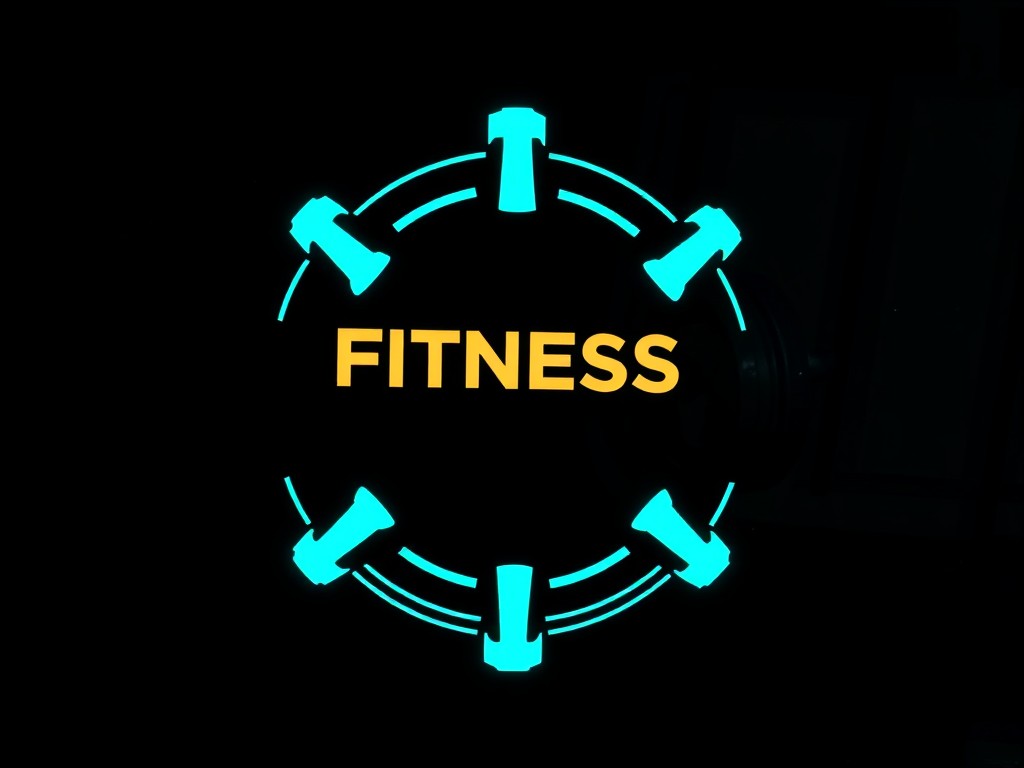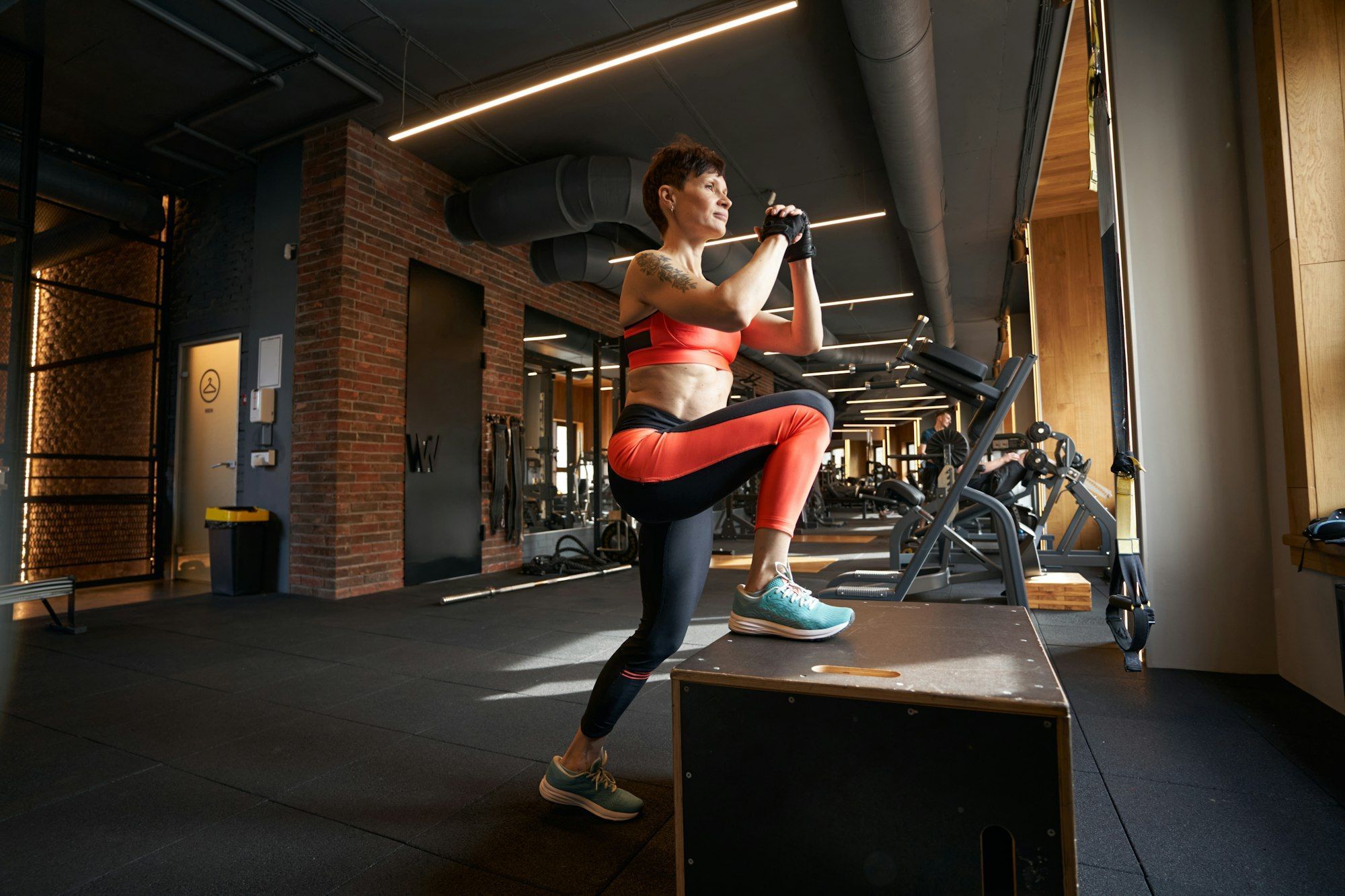As the pace and intensity of basketball continue to escalate, players are always on the lookout for innovative methods to improve their performance on the court. One such method gaining popularity among many UK basketball players is plyometric training. This form of exercises is scientifically proven to enhance explosive power, a critical element in jumping and sprinting.
Understanding Plyometrics
Before you delve into the details of plyometric training, it’s crucial to comprehend what it entails. Plyometric exercises involve quick, explosive movements designed to increase speed and power. These exercises typically involve jumping and rebounding, simulating the explosive movements performed in basketball.
This might interest you : What mental toughness drills can help UK basketball players perform better under fatigue?
In a nutshell, plyometric training is all about harnessing the power of your muscles to jump higher, run faster, and perform better. The principle behind plyometrics is simple: it trains your muscles to exert maximum force in the shortest time possible. This muscle response is also known as the stretch-shortening cycle (SSC).
Multiple studies have proved the effectiveness of plyometric training in enhancing athletic performance. For instance, a study conducted by a group of Spanish scholars tested the effects of plyometrics on basketball players’ vertical jump performance. The results indicated a significant improvement in the players’ vertical jump height after a six-week plyometric program.
Additional reading : Which rebounding drills should UK basketball centers focus on to dominate the board?
Plyometric Training and Basketball
The sport of basketball requires players to have strong leg muscles and a high level of agility. Plyometric training serves to enhance these aspects and increase overall performance.
In basketball, players often need to make quick, explosive movements, such as jumping to dunk or block a shot, and sprinting to counterattack or retreat in defence. These actions require a great deal of power and speed, which are precisely the athletic qualities that plyometric training aims to develop.
For example, a study conducted by the Journal of Strength and Conditioning Research showed that a plyometric training program improved the jumping and sprinting performance of youth basketball players. Moreover, plyometric training can also reduce the risk of injury by strengthening the muscle-tendon units and enhancing neuromuscular control.
Designing a Plyometric Program
Designing an effective plyometric program requires careful planning and execution. Each player’s training regimen should be individualised based on their fitness level, training history, and sport-specific needs.
A typical plyometric program for basketball players includes exercises such as box jumps, depth jumps, and bounding drills. These exercises primarily target the leg muscles, focusing on enhancing power and explosiveness.
Remember, plyometric training is intense and places a significant amount of stress on your muscles and joints. Therefore, it’s essential to start slowly and gradually increase the intensity over time. Also, adequate recovery time between sessions is crucial to avoid overtraining and injury.
Implementing Plyometric Training
Once a program has been designed, it’s time to implement it. Here, the player’s dedication and persistence play a significant role in their success.
In the initial stages of the program, focus on learning the correct technique for each exercise. This step is crucial to ensure the safety and effectiveness of the training. Also, pay attention to the quality of each repetition rather than the quantity. The goal of plyometric training is to perform each jump or bound with maximum power and speed.
One of the key aspects of implementing plyometric training is monitoring progress. Regular testing can provide valuable feedback about the effectiveness of the training program. Measures such as vertical jump height and sprint time can be used to assess improvements in power and speed.
The long-term Benefits of Plyometric Training
Embracing plyometric training can provide numerous long-term benefits for basketball players. By improving power and speed, plyometric exercises can directly enhance on-court performance. This training can also increase a player’s endurance, allowing them to maintain a high level of performance throughout the game.
Furthermore, the power and speed gains from plyometric training are not limited to basketball. They can be beneficial for a wide range of sports and physical activities. Therefore, plyometric training can be a valuable addition to any athlete’s training regimen.
In conclusion, plyometric training can be a game-changer for UK basketball players looking to improve their explosive power. With careful planning, proper technique, and consistent effort, plyometric training can unlock a new level of performance on the basketball court. Remember, though, that plyometric training is intense and should be carried out under the guidance of a trained professional to avoid injury.
The Science behind Plyometrics
To fully appreciate the benefits of plyometric training for basketball players, it is essential to delve into the science behind this type of training. As per Google Scholar, there are numerous studies that validate the effectiveness of plyometric exercises in enhancing athletic performance, specifically in regards to enhancing explosive power.
Plyometric exercises are built around the stretch-shortening cycle (SSC). This refers to the process where a muscle is rapidly lengthened (stretched), then immediately shortened (contracted), leading to a powerful burst of energy. This mechanism is the driving force behind movements such as the vertical jump or the countermovement jump, which are pivotal in basketball.
Research from PubMed Google has shown that plyometric training can improve the SSC, thus enhancing an athlete’s ability to perform explosive movements like jumping and sprinting. A well-planned plyometric training program can thereby lead to significant improvements in vertical jump performance, agility test results, and overall on-court performance for basketball players.
An analysis in Sports Med journal corroborated these findings, indicating that plyometric exercises are particularly beneficial for male basketball players. The study showed an increase in CMJ (Countermovement Jump) height and overall agility and speed, all of which are crucial for optimal basketball performance.
Plyometric Exercises for Basketball Players
Now that we understand the science behind plyometrics, let’s discuss some specific plyometric exercises that can be beneficial for basketball players. Remember, the effectiveness of these exercises largely depends on proper technique, drill randomization, and the player’s commitment to consistent practice.
Box jumps are a classic plyometric exercise that targets the strength and power of your leg muscles. They involve jumping onto and off a sturdy box, which can vary in height. Depth jumps, another potent plyometric exercise, involve stepping off a box or platform, then immediately jumping as high as possible upon landing.
Bounding drills involve a series of forward jumps, focusing on maximum distance rather than speed. These drills can be highly effective for improving lower body power and enhancing the stretch shortening cycle, which is critical for movements like sprinting and jumping.
Lastly, dynamic stretching, often overlooked, is a critical component of plyometrics. These stretches involve active movements that extend your muscles to their full range of motion, enhancing flexibility and reducing the risk of injury.
Conclusion
To sum up, plyometric training is an effective method for UK basketball players to enhance their explosive power and overall performance on the court. By incorporating exercises such as box jumps, depth jumps, and bounding drills into their training regimen, players can significantly improve their vertical jump performance, agility, and speed.
However, it is important to remember that plyometric training is intense and should be incorporated into a player’s routine with care and under professional guidance. Monitoring progress through regular testing and adjustments based on individual needs is also crucial for the success of a plyometric training program. With proper technique, consistent effort, and a well-designed training program, players can experience the game-changing benefits of plyometrics and reach new heights in their basketball performance.











